Product Details
① 2-flute commonly-used specification:
Any size series of edge diameter between Φ0.80mm~Φ5.50mm
3-flute commonly-used specification:
Any size series of edge diameter betweenΦ0.80mm~Φ7.95mm
4-flute commonly-used specification:
Any size series of edge diameter between Φ2.0mm~Φ7.95mm
② The series with a regular number of flutes, but cutting length up to 55mm and total length up to 65mm, processed with any step, taper angle, shape, sharpness requirements.
③ The conventional 10°~12°helical edge can be sharp, burnishing, passivated, or front-sharp but rear-blunt.
The visceral skull serves as an assistant for the anterior phase of the digestive tract. It consists of metamerically arranged cartilaginous arches that encircle the initial portion of the digestive tract like hoops. The anterior visceral arches are transformed into jaws in all vertebrates without the most primitive organisms—the Agnatha. The cartilaginous base of the upper jaw, the palatoquadrate cartilage, was once fashioned by using the fusion of the top portions of the two anterior arches, the premaxillary and the maxillary proper. The cartilaginous base of the decrease jaw—Meckel’s cartilage— corresponds to the lower portion of the second visceral, or maxillary, arch. The top component of the 0.33 visceral arch, or hyoid arch, was transformed in fish into an appendage that commonly attaches the jaws to the axial cranium. In most fish, the maxillary arch is joined to the axial cranium only by an appendage (hyostylic). The palatoquadrate cartilage in chimeras, lungfishes, and terrestrial vertebrates is without delay joined to the axial skull without an appendage (autostylic). In extinct shelled and primitive bony fishes and some sharks the maxillary arch is joined to the axial cranium each immediately and by means of the ability of an appendage(amphistylic).

 +86-021-50327060
+86-021-50327060
 zq@lzqtech.com
zq@lzqtech.com
 Medical Instrument
We can achieve perfect edge quality and dimensional tolerance up to±0.0005mm (±0.5μm) in the process of micro, ultra-long, ultra-thin, super-abrasive, impact-resistant, high-precision and combined ... VIEW MORE
Medical Instrument
We can achieve perfect edge quality and dimensional tolerance up to±0.0005mm (±0.5μm) in the process of micro, ultra-long, ultra-thin, super-abrasive, impact-resistant, high-precision and combined ... VIEW MORE Implant
Corresponding and matching drills and tools of different types, forms, shapes, structures can be high precisely ground to mold according to different brands and different types of implants forms, shap... VIEW MORE
Implant
Corresponding and matching drills and tools of different types, forms, shapes, structures can be high precisely ground to mold according to different brands and different types of implants forms, shap... VIEW MORE Cutting Tools
Super-hardness machining for special, non-standard new ite ms with different size and tolerance. VIEW MORE
Cutting Tools
Super-hardness machining for special, non-standard new ite ms with different size and tolerance. VIEW MORE Accessory Parts
we can customize for you according to your samples or drawings for any manufacturing of ceramic,carbide,stainless high-speed steel, stainless steel, titanium alloy, titanium diamond, etc series, hig... VIEW MORE
Accessory Parts
we can customize for you according to your samples or drawings for any manufacturing of ceramic,carbide,stainless high-speed steel, stainless steel, titanium alloy, titanium diamond, etc series, hig... VIEW MORE

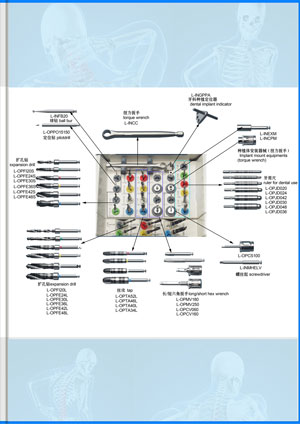

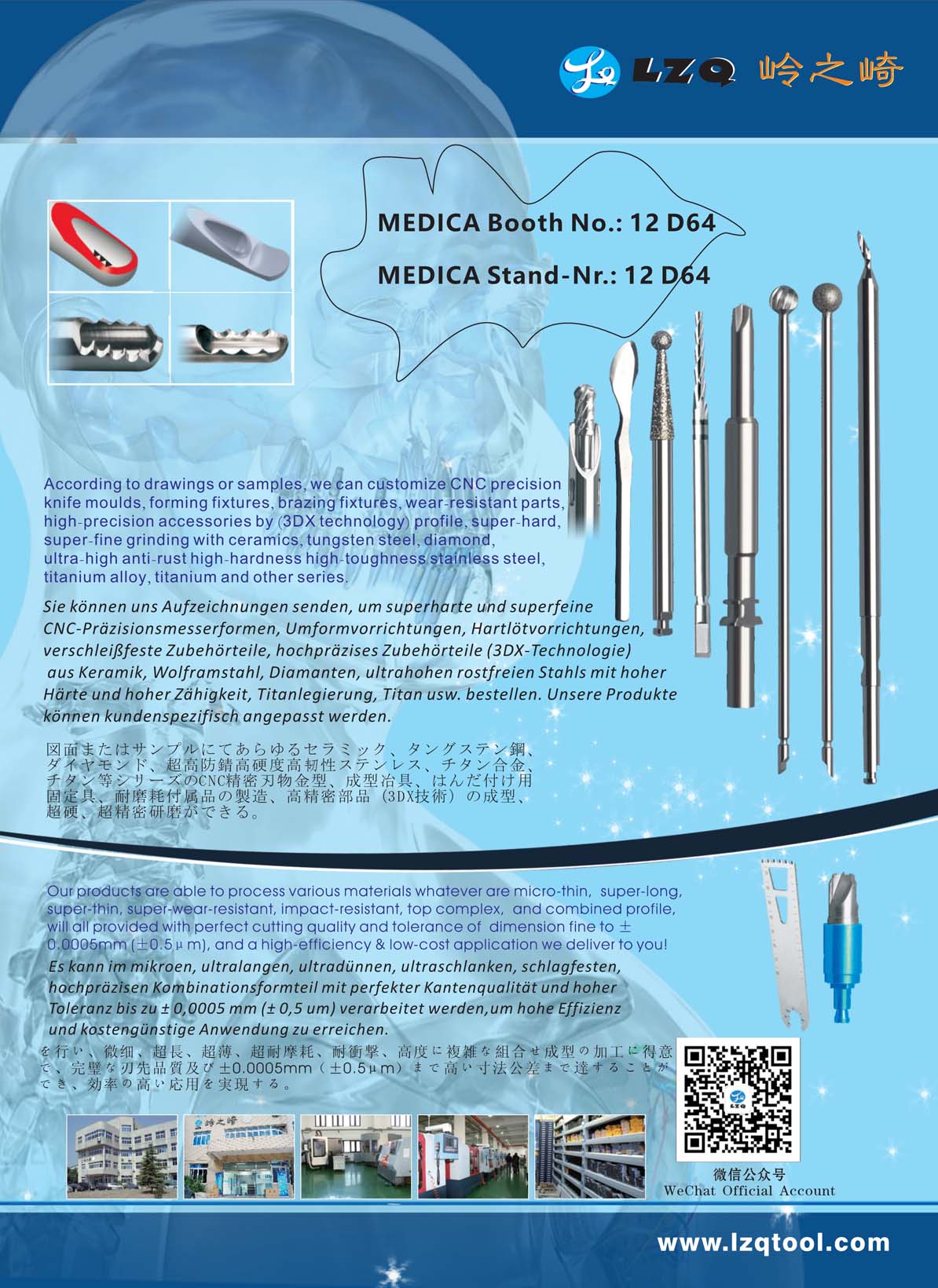
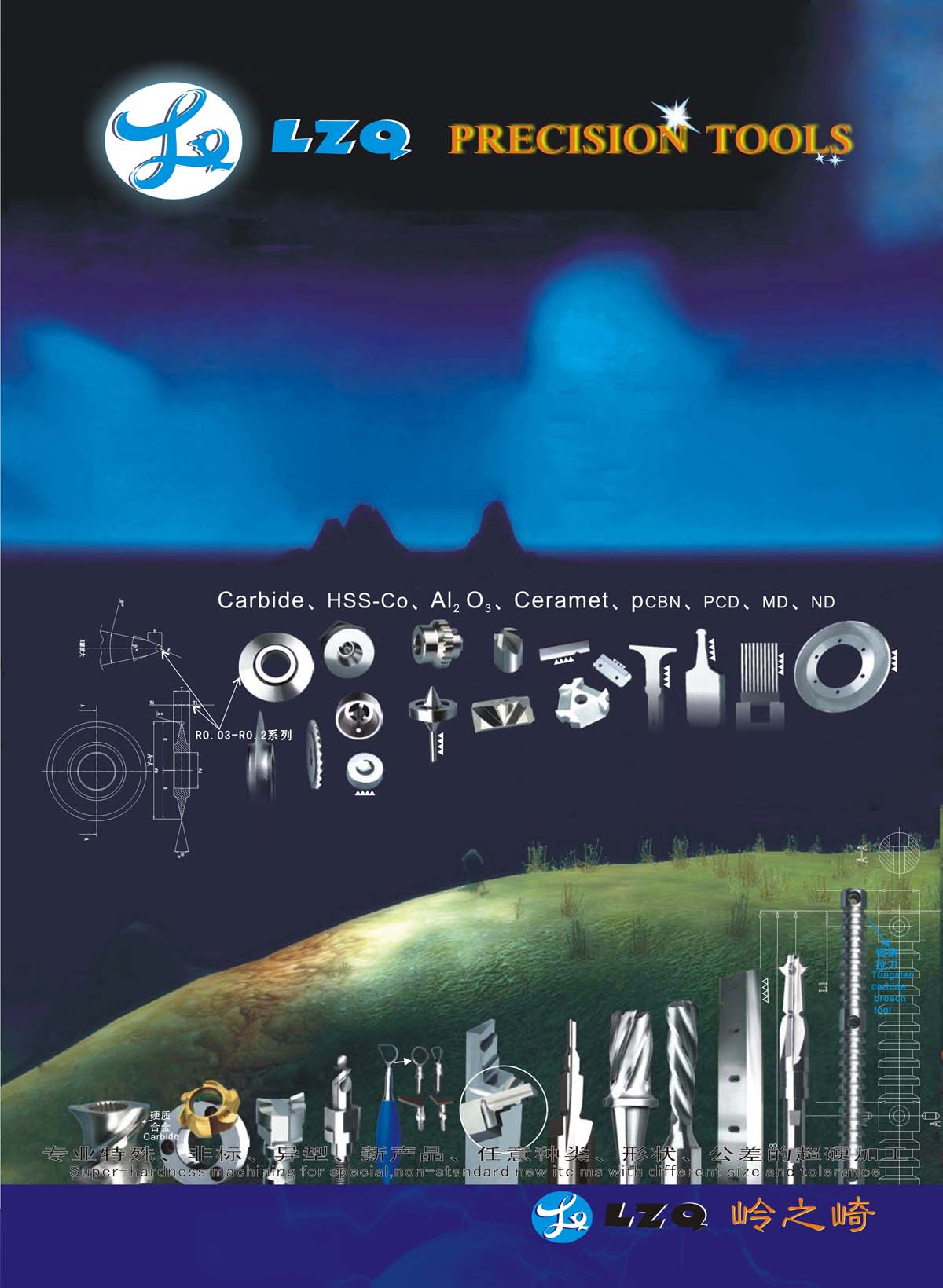
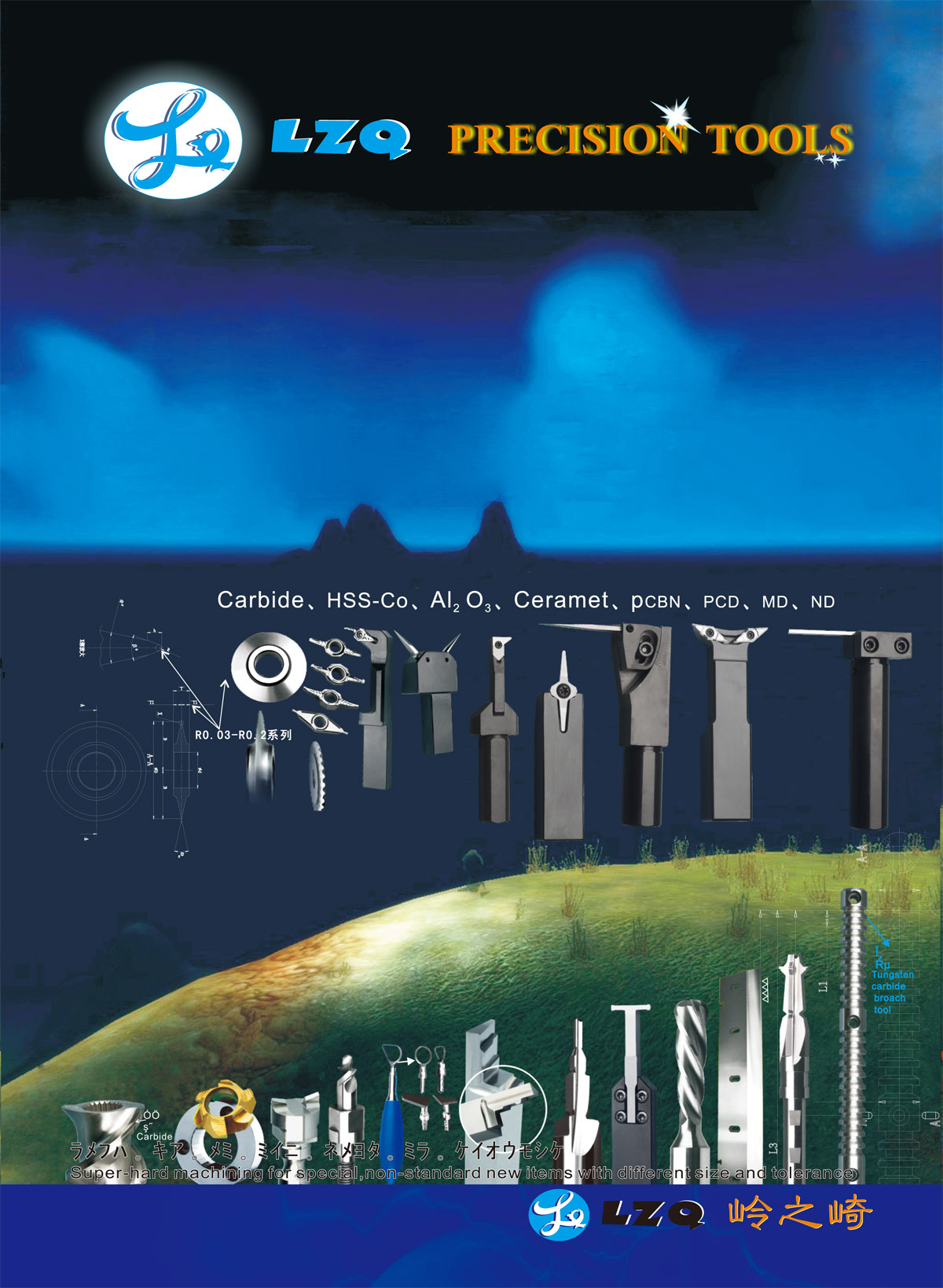

















































































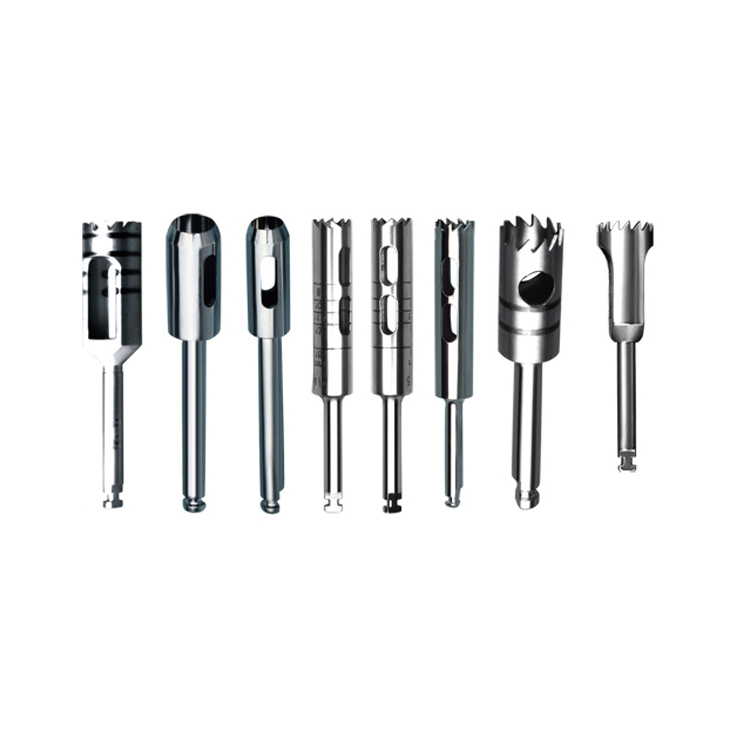







































































































































































































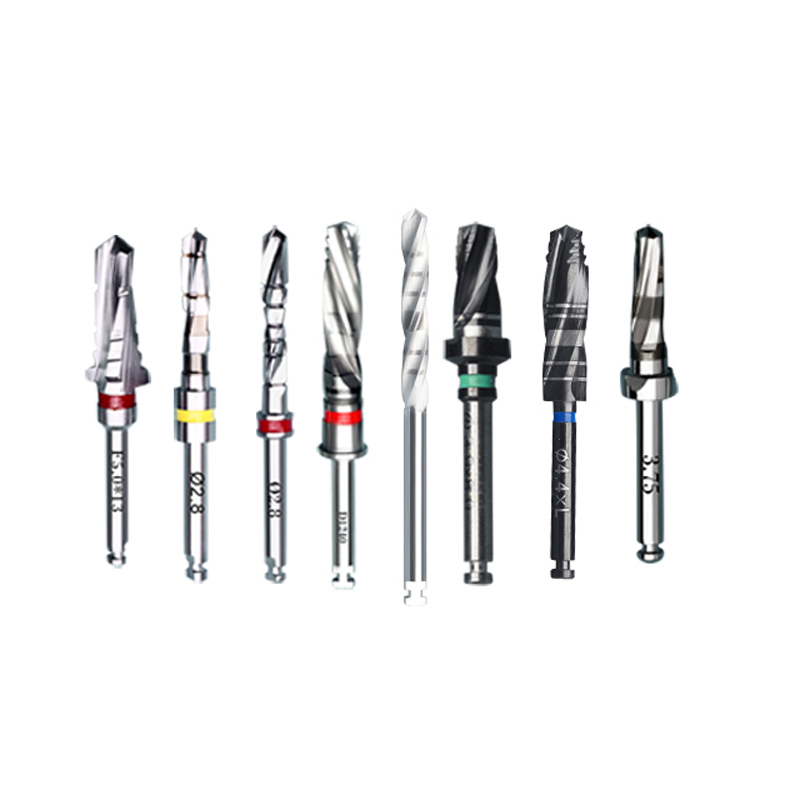




.webp)






































































































































































 +86-021-50327060
+86-021-50327060 
 NO.1269 Plant, Jinhu Road, Jinqiao Export Processing Zone, Pudong New District, Shanghai, China.
NO.1269 Plant, Jinhu Road, Jinqiao Export Processing Zone, Pudong New District, Shanghai, China. 
